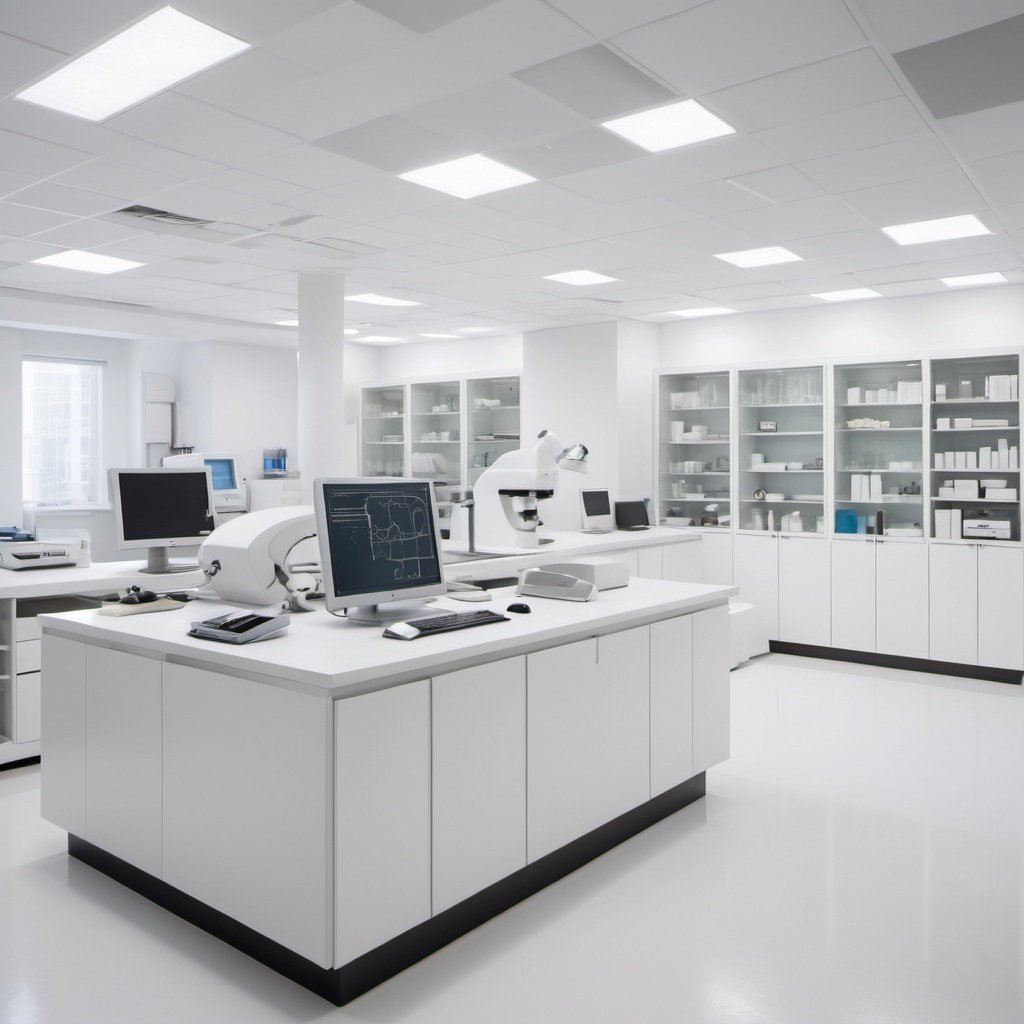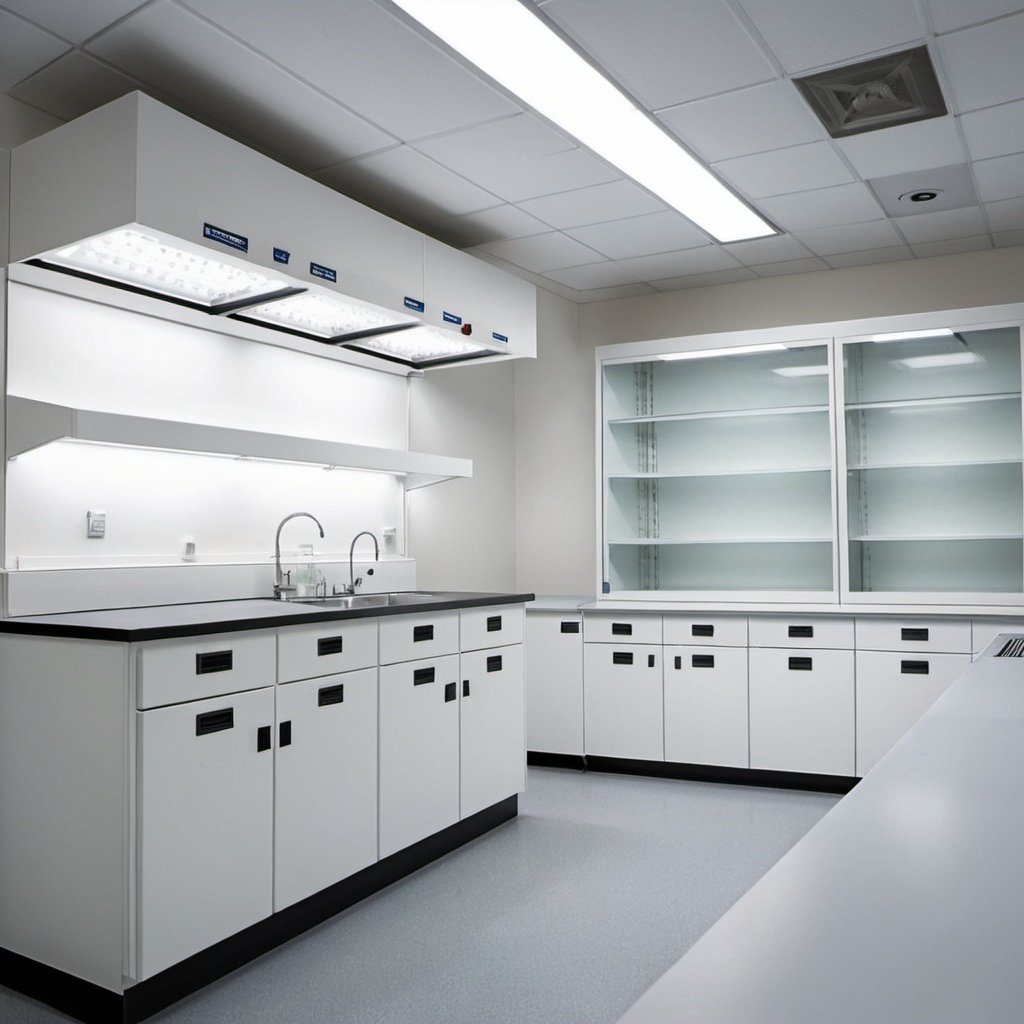Architecture & design

From the start
Laboratories are spaces where innovation, research, and discovery converge. Whether in the fields of science, medicine, or technology, the design of a laboratory plays a crucial role in facilitating efficient workflow, ensuring safety, and fostering collaboration among researchers and scientists.
We will delve into the key aspects of laboratory architecture and design, from the technical requirements to the innovative features that enhance functionality and productivity. Whether you’re planning to construct a new laboratory or renovate an existing one, we will provide valuable insights to help you create a space that meets the highest standards of excellence.
Efficient, flexible & future-proof
Future-fit labs
Functionality
Support efficient working practices within a safe, comfortable and healthy working environment.
Flexibility
It may involve the ability to scale up or down and to adapt to changes in the size of the team, the process and research focus.
Sustainability
A focus on sustainability is an integral part of the design process, alongside commitments to sustainable utilities and safety of employees.
Quality Function Deployment
Our QFD-approach
In lab design and architecture, employing a Quality Function Deployment (QFD) approach entails a meticulous process of identifying and prioritizing customer needs. By engaging stakeholders and understanding their requirements, the design team can effectively translate these needs into concrete design elements. Utilizing modular building blocks readily available off-the-shelf offers a distinct advantage, as it facilitates flexibility and adaptability to evolving customer demands in real-time.
This modular approach ensures that the lab space can be easily modified and reconfigured as needed, optimizing functionality and efficiency while minimizing disruptions to ongoing operations. Through the integration of QFD principles, lab design becomes a dynamic and responsive process, ultimately enhancing customer satisfaction and operational effectiveness.

Technical information & requirements
By paying careful attention to these technical requirements and specifications in the first phase, you can create a laboratory environment that promotes innovation, collaboration, and safety for researchers and scientists alike.
Flexible layout
Flexibility is key in laboratory design to accommodate evolving research needs and workflows. Modular furniture, adaptable storage solutions, and flexible partition systems allow for easy reconfiguration of the space as research requirements change.
Laboratory zones
Laboratories typically consist of distinct zones, including wet labs for chemical experiments, dry labs for computational work, instrumentation rooms for specialized equipment, and support spaces. Each zone should be carefully planned to optimize functionality and workflow efficiency.
Ergonomics
Designing laboratories with ergonomic principles in mind can enhance comfort and productivity for researchers. Adjustable work surfaces, ergonomic seating, and proper lighting contribute to a healthy and safe working environment.
Safety standards
Compliance with safety standards and regulations is paramount in laboratory design. This includes adherence to local building codes, fire safety regulations and governemental ragulations.
Ventilation & Air Quality
Proper ventilation is crucial in laboratories to remove hazardous fumes and prevent cross-contamination. The design should incorporate appropriate HVAC systems, fume hoods, and exhaust systems tailored to the specific needs of the laboratory environment.
Utility Services
Laboratories require specialized utility services, including gas lines, water supply, electrical outlets, and data connectivity. These services should be strategically integrated into the design to ensure accessibility and efficiency.
A journey of innovation
These are six pivotal steps crucial for creating functional, innovative, and compliant laboratory spaces. From initial needs assessment to final regulatory compliance, each step is a milestone in crafting laboratories that foster cutting-edge research and collaboration.
We start by conducting a thorough needs assessment to understand the specific requirements and objectives of the laboratory project. Develop a detailed program outlining the spatial needs, functional areas, and user preferences.
Then we generate conceptual design ideas that align with the project goals and organization’s identity. Simultaneously, conduct a site analysis to evaluate site constraints, orientation, access points, and environmental considerations.
We develop a functional layout that optimizes workflow efficiency and spatial organization within the laboratory. Establish clear zoning and circulation patterns to delineate different functional areas and guide user movement effectively.
Then, we design an efficient building envelope that balances energy performance, natural light penetration, and environmental control. Integrate sustainable design principles to minimize environmental impact and enhance resource efficiency.
Lastly, we ensure compliance with building codes, safety regulations, and industry standards governing laboratory design and construction. Work closely with regulatory agencies and consultants to address regulatory requirements and finalize the design for implementation.
contact us
Get in touch
Our Office
Kieleberg 1
3740 Munsterbilzen
Belgium
Working Hours
Mon – Fri
08:30 AM – 17:00 PM
Our Office
Kieleberg 1
3740 Munsterbilzen
Belgium
Working Hours
Mon – Fri
08:30 AM – 17:00 PM

